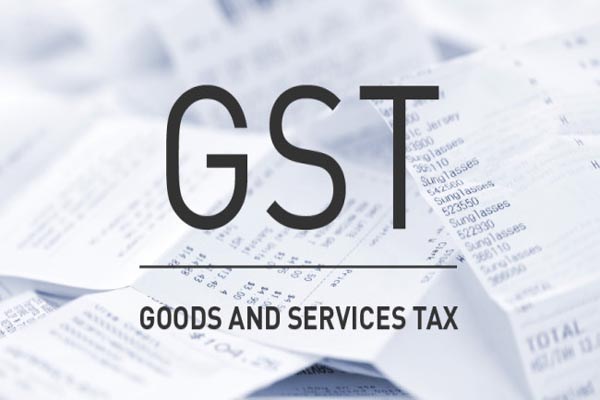Anshuman is the owner of a small firm that manufactures kitchen utensils in Karnataka. He has been planning to transport his produce to the neighbouring states of Andhra Pradesh and Tamil Nadu. But he was held back by state taxes and the recurring transportation costs. He worried that he had to pass on these additional costs to his customers. In a highly competitive market, high retail prices can only mean one thing. Your product is not going to take off unless it has a unique selling proposition for attracting consumers. Anshuman knew this and had been debating how he would tackle this issue. To overcome such issues of SME business, Government of India has introduced Goods and Service Tax (GST).
What is GST?
Touted as the largest reform in the economic sector since independence, the Goods and Service Tax bill will affect every trade and business alike. The biggest take away from the bill, of course, is invariably the advantage and the ease of business for small and medium enterprises (SMEs). The reforms aim to bring the big players and SMEs on the same playing field.
Advantages for SMEs after implementation of GST
The reforms will remove the multiple taxations and replace them with a single slab rate specified by the government. This will make the system more transparent and ease the process of setting up SMEs. Easier credit availability is another benefit for SME owners.
With the registration and taxation process available online, the transaction trail allows banks and other lenders to offer loans and grow their network. With fewer risks in lending and an easier process for SMEs to avail loans, it is a win-win situation for lenders and businessmen. Currently, SMEs are restricted to operate in a single state, as inter-state operations incur taxes. But with the introduction of GST, it becomes easier for SMEs to expand and grow their businesses.
Securing credit
Implementation of GST will make the process of securing loans easy and transparent. Before the bill, organisations and manufacturers with a gross turnover of below Rs.1.5 crore were exempted from the excise tax. But now, every organisation with turnover more than Rs.10 lakh will need to file their returns, in accordance with GST. The government believes that this will help in curbing black money and other illicit activities.
Traditionally, lending has been done based on assets. However, post the implementation of the bill, flow-based lending will come into play, which will benefit several SMEs. All that needs to be done to secure credit is to show GST filings and the cash flow into the organisation. The cost of verification and delay for loan approval will be reduced, helping banks to lend loans much faster without any hassle.
For example, Shivam is the owner of an eight-month startup, which lends appliances like coolers and air conditioners during summers. Presently, his business is based out of Hyderabad. In the coming year, Shivam is planning to expand his business into other cities as well. With new rules in place, Shivam can directly approach concerned banks. He can apply for a loan, based on cash flow during the past eight months. If Shivam plans to expand into other states in the future, the elimination of the state-levied taxes will support the logistics and transportation involved in his business.
The government has provided clear definitions of goods and services and has unified them under a single umbrella. For instance, a restaurant owner previously had to calculate VAT for services, like air conditioning and dining separately. Now, the process has been simplified and a single tax is levied, which is inclusive of goods and services.
Future of SMEs
After 1 July, Anshuman can take his business idea forward and expand into other states, while having a lower retail price for his products. His products will succeed in the market, due to the competitive pricing. Anshuman can build an empire out of his small-scale business. With the benefits that GST in india offers, more and more SMEs will become credit-worthy. This will lead to flourishing businesses and significant improvement to the economy.
According to a report published by Mastercard in 2016, SMEs contribute to up to 45% of our GDP, which speaks volumes of their importance. By removing indirect taxes and employing a uniform practice, the government of India has made a step in the right direction that will help in the economy’s growth.




